Do You Have The Right Sensor for Your Pulse Oximeter? | CMI Health
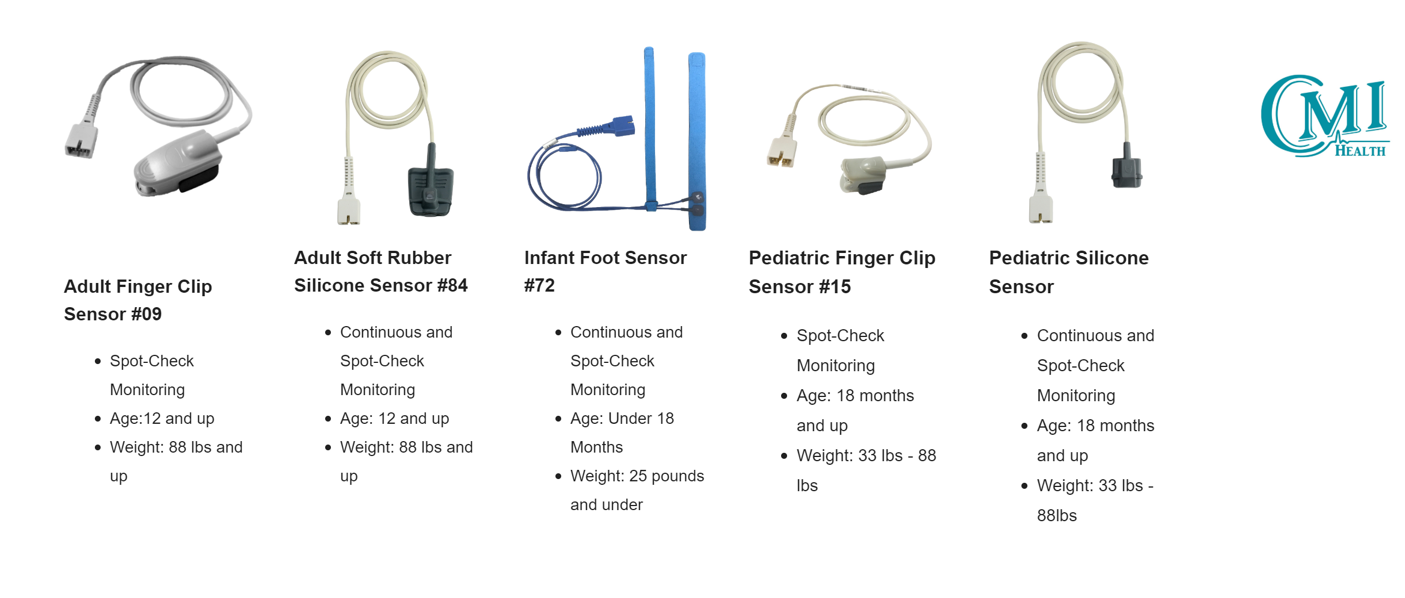
Are you using the right sensor for your Pulse Oximeter? CMI Health offers a variety of sensors to fit your needs! When choosing the right sensor for you or your loved one, it's important to know what factors to consider when deciding on a sensor. It helps to first understand what makes each sensor different from the next. Here are some helpful checkpoints to follow when picking your sensor(s):
- Continuous Monitoring vs Spot Check Monitoring: Continuous Monitoring is suggested for users that use the device consistently throughout the day or when monitoring overnight. Spot-check is used for users who only need to check their SpO2 levels periodically.
- Age: We offer sensors for three different age groups: Adult (12 and older), Child (18 months and older), and Infant (Under 18 months)
-
Weight: We have 3 divisions for weight: Adult (88 lbs and up), Pediatric (33-88 lbs), and Infant (Under 25 pounds)
We also have a helpful Sp02 sensor comparison chart located here.
Common Sensor Questions:
Q: How do the sensors measure Oxygen (SpO2) levels?
A: Pulse oximetry measures the percent of blood hemoglobin that is oxygen rich. It functions by passing a red beam of light into the fingertip. The oxygen level is then determined by measuring how much light passes through the fingertip vs how much is absorbed. For more in-depth information on Sp02, check out our blog article on Understanding Oxygen Saturation.
Q: If I have a sleeping condition and only need to use the device at night, which sensor is best for me?
A: We suggest using the Soft Rubber/Silicone sensors #84 for overnight use. It is an overnight sensor that is designed to fit more comfortably on the user's finger during sleep. The stronger grip helps to prevent the sensor from moving or falling off during unconscious movement.
Q: Should I use an SpO2 monitor on my infant at night, even if he/she is perfectly healthy?
A: While it is not necessary to do so, many parents have begun monitoring their infants overnight and during naps as a preventative measure against Sudden Infant Death Syndrome (SIDS). Low oxygen levels can be a key early indicator of major issues that are often involved in SIDS. Consult a pediatrician if there is concern. Click here to view our Infant Foot Sensor #72.
COVID-19: Why Pulse Oximetry is Important During the Pandemic
The COVID-19 pandemic has a variety of symptoms that affect people of all ages. Because the virus specifically targets the lungs, it often causes shortness of breath or complications such as COVID related pneumonia. Symptoms such as these can result in our body's reduced ability to obtain a healthy amount of oxygen, which can result in both short- and long-term damage. Having low oxygen levels can be an early warning sign that medical assistance is needed. According to the CDC, if a person is diagnosed with or suspected of having COVID-19, it is important to monitor their oxygen levels often. Contacting medical professionals may be necessary if a person experiences SpO2 levels at or below a certain level (consult your physician)




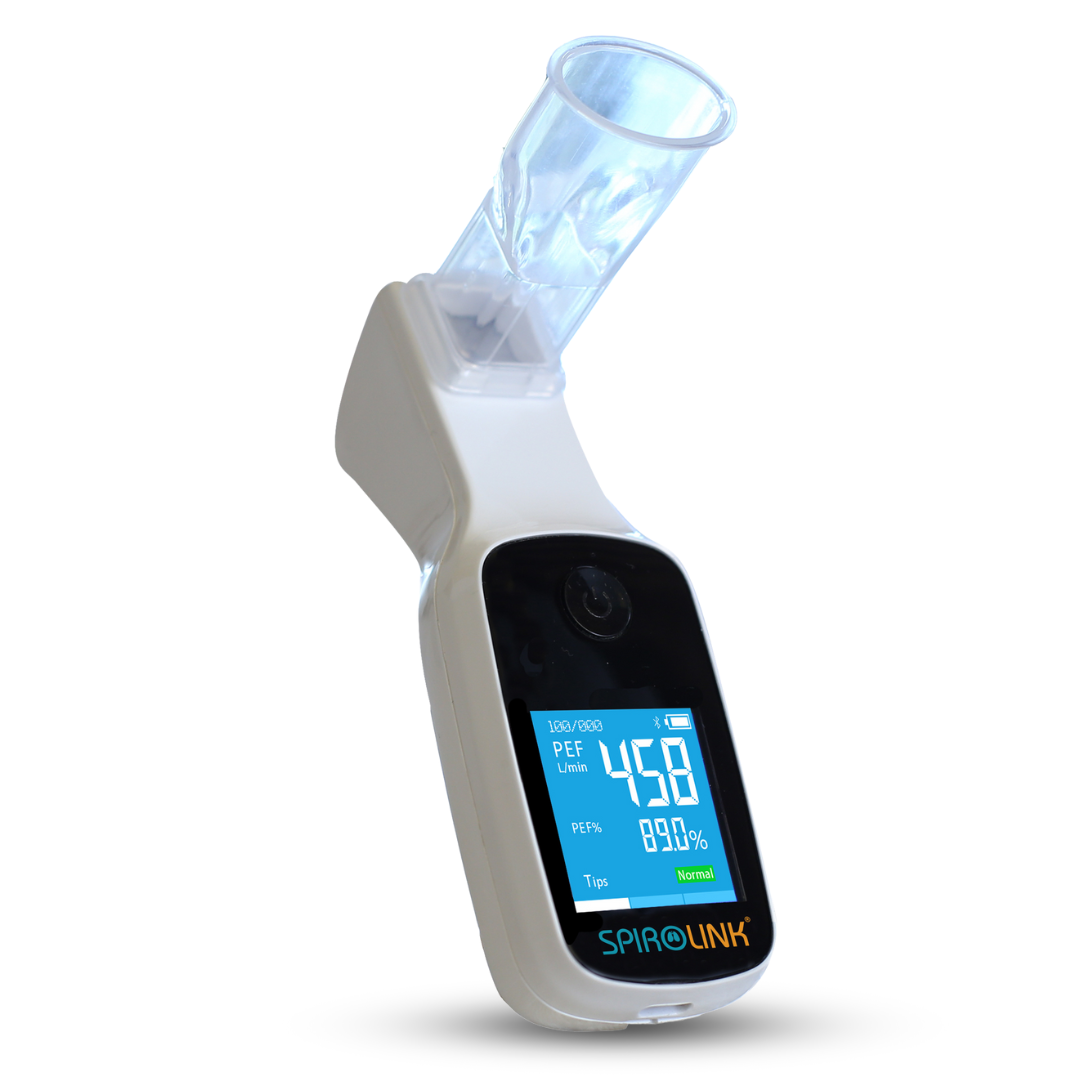
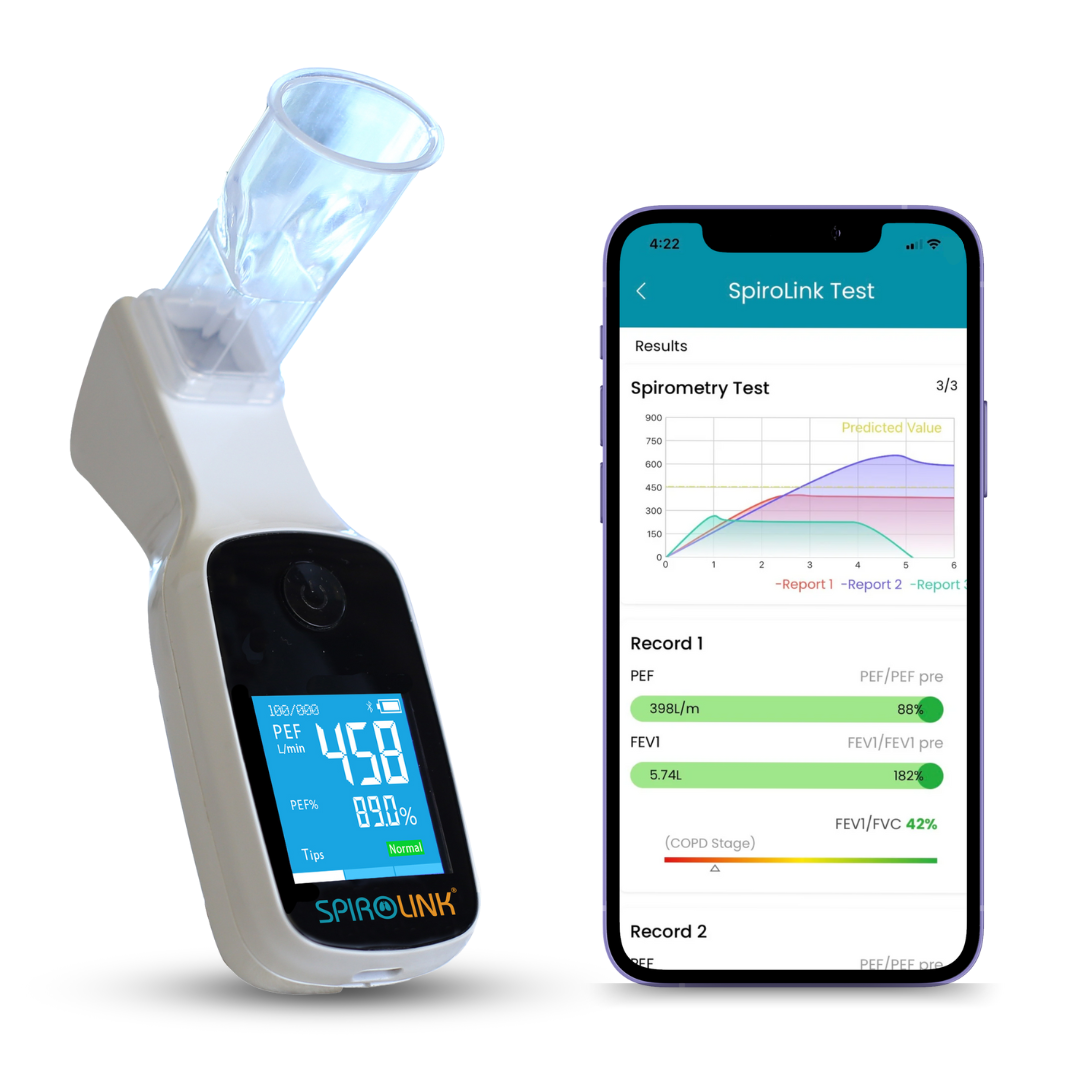
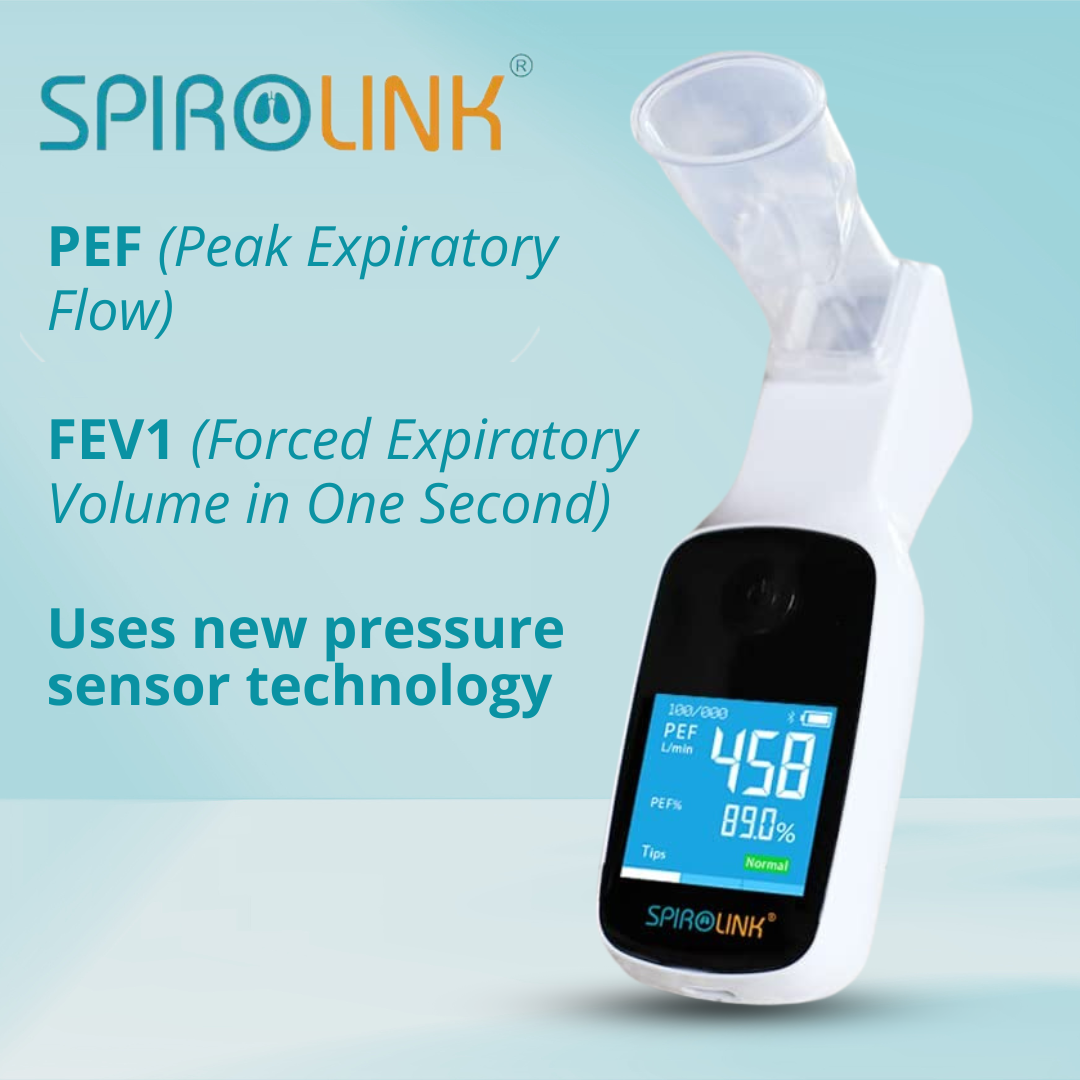
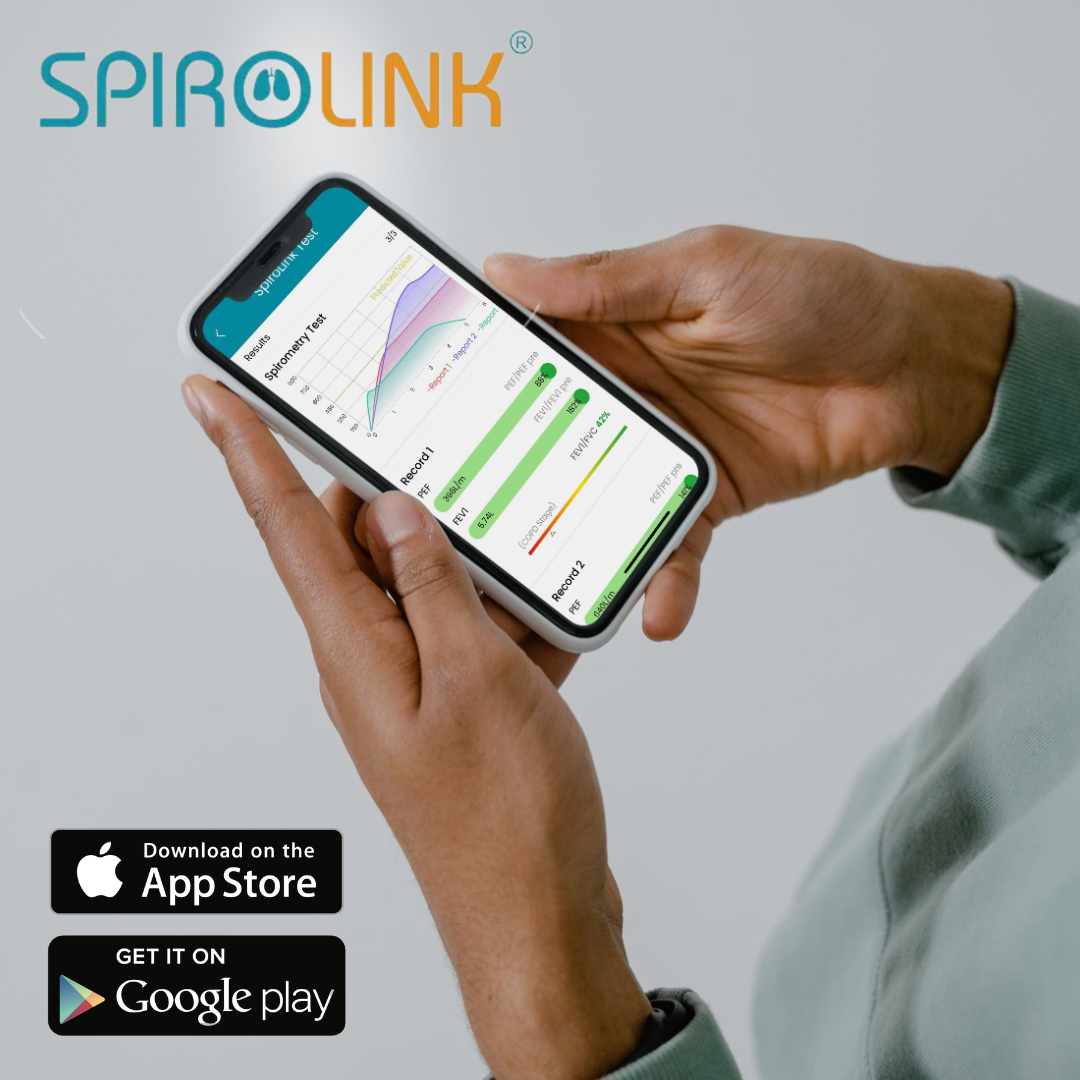
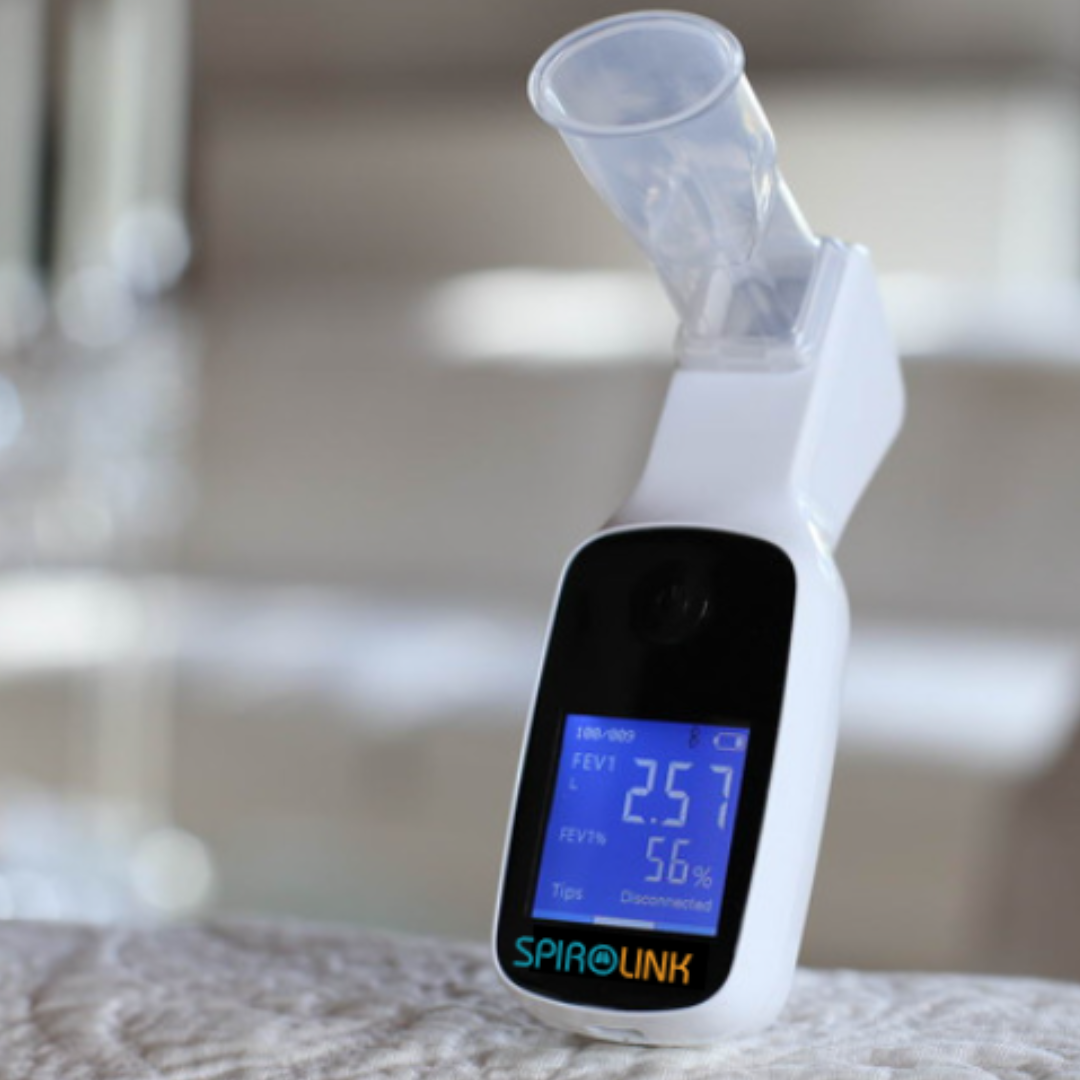
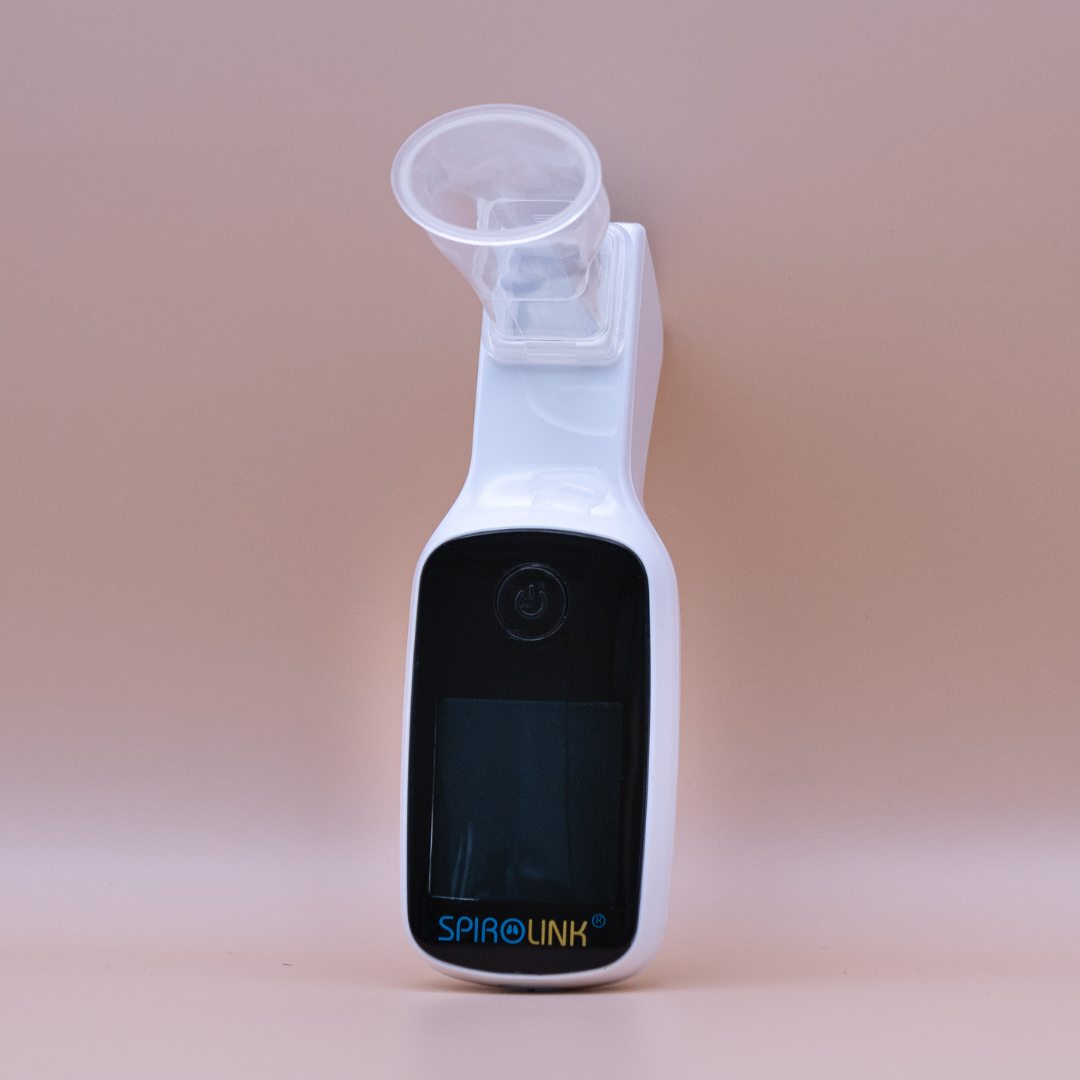
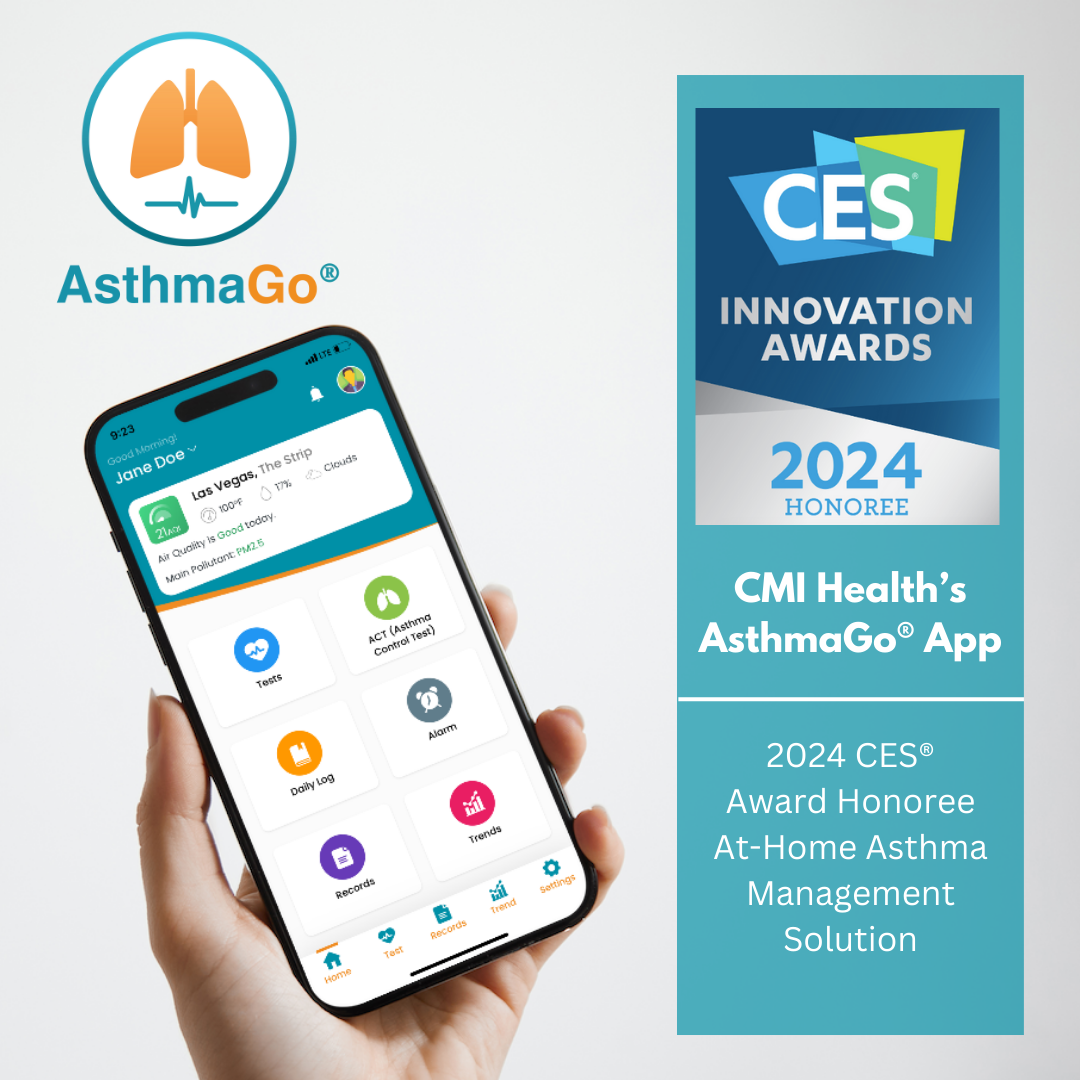
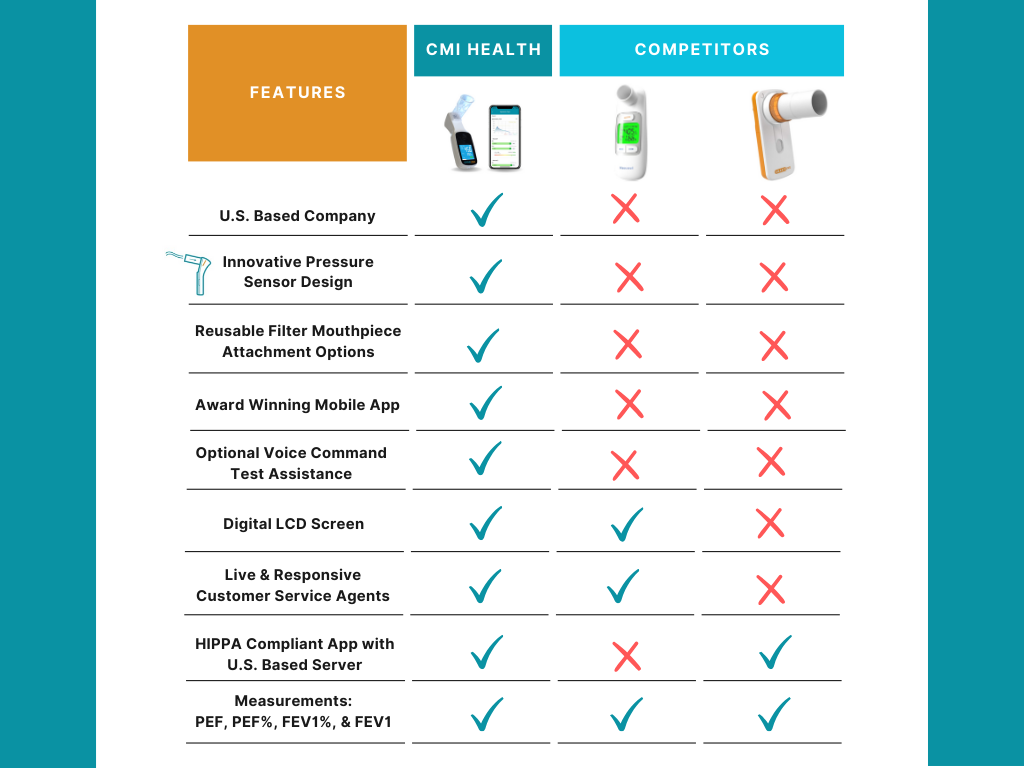
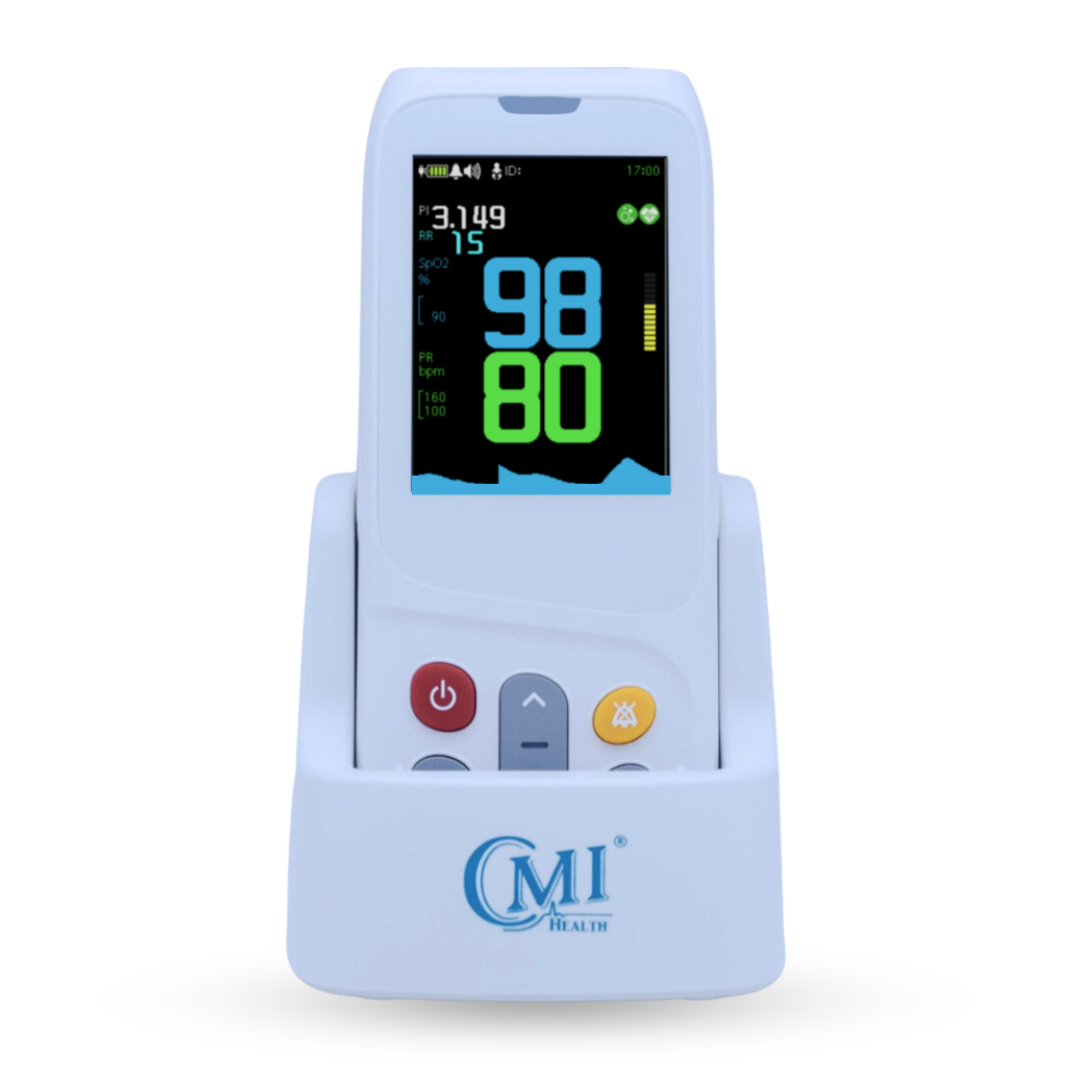
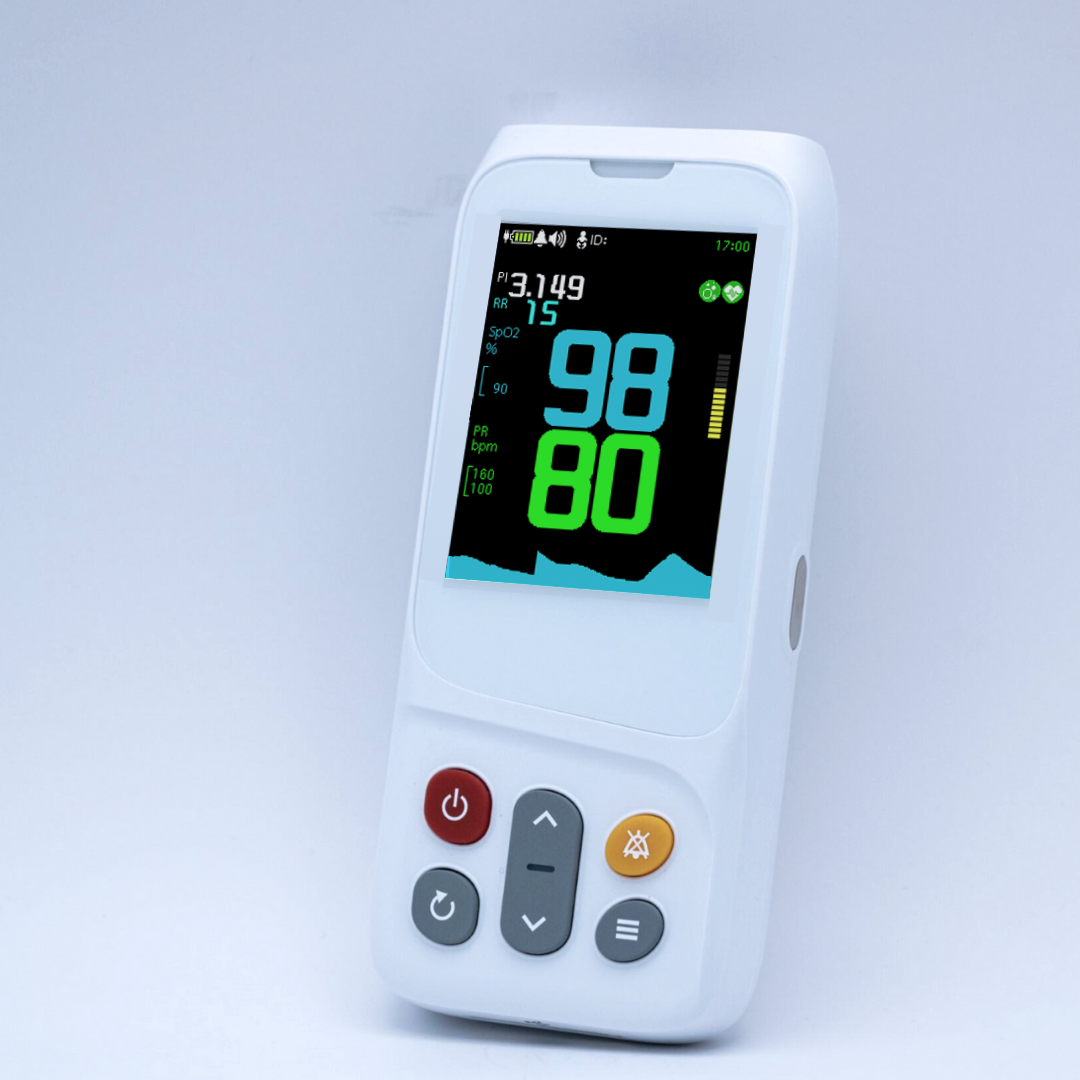
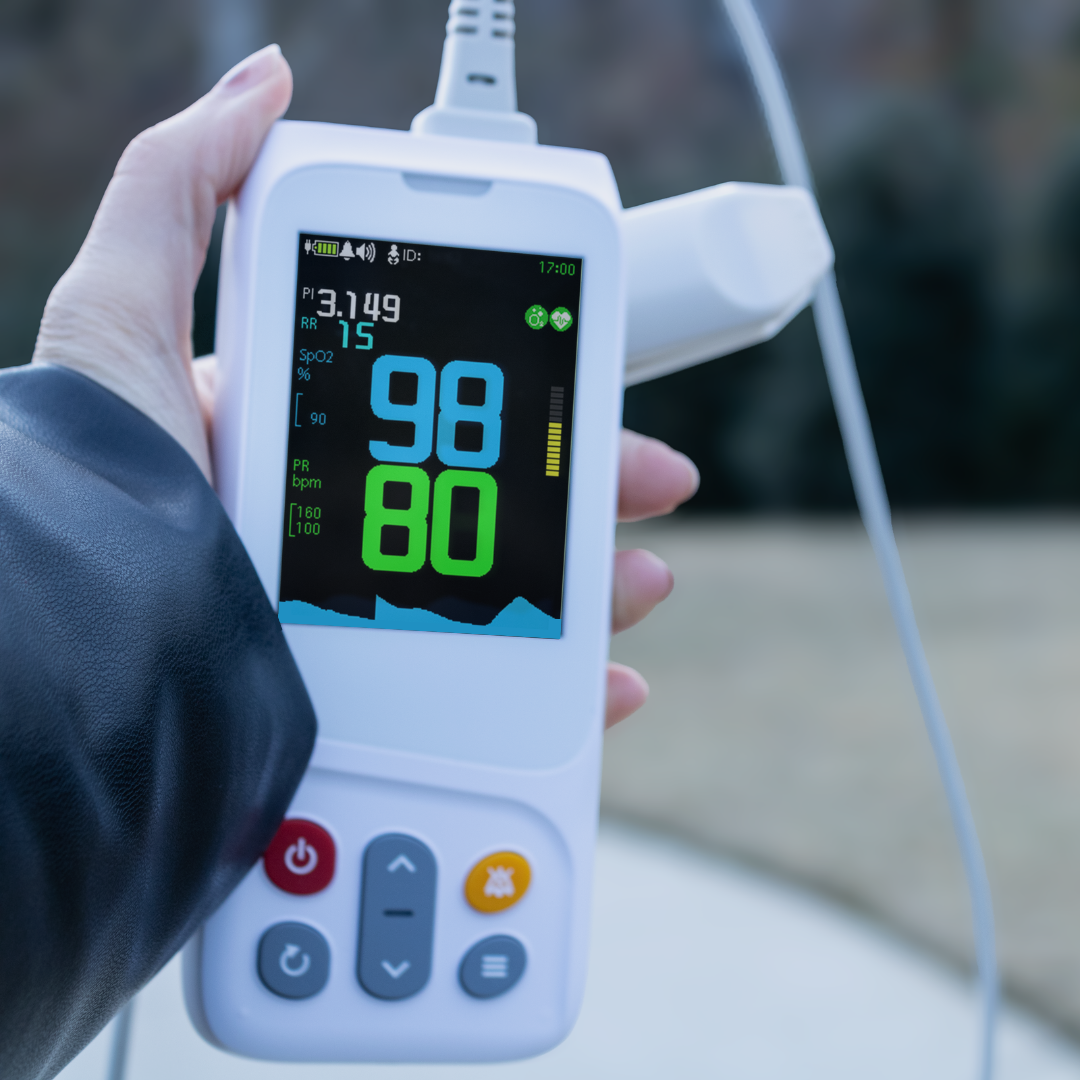
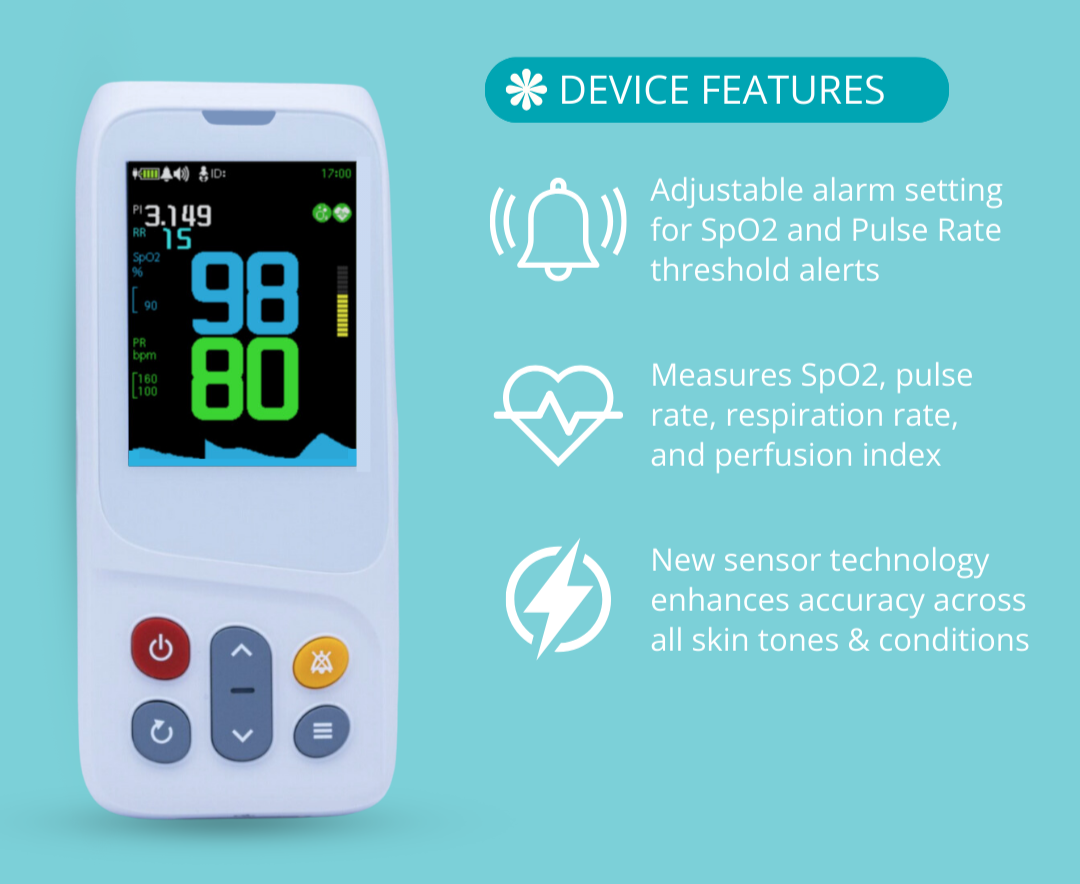
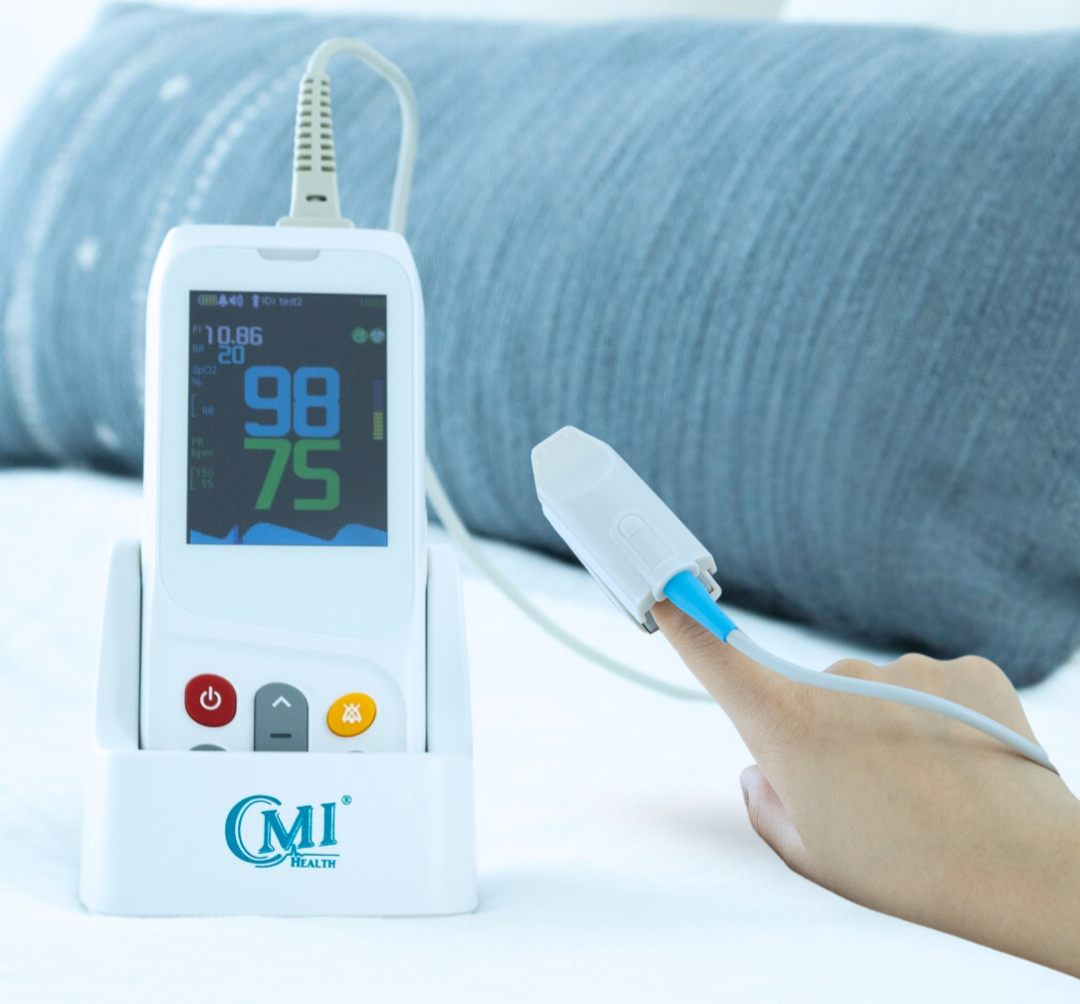
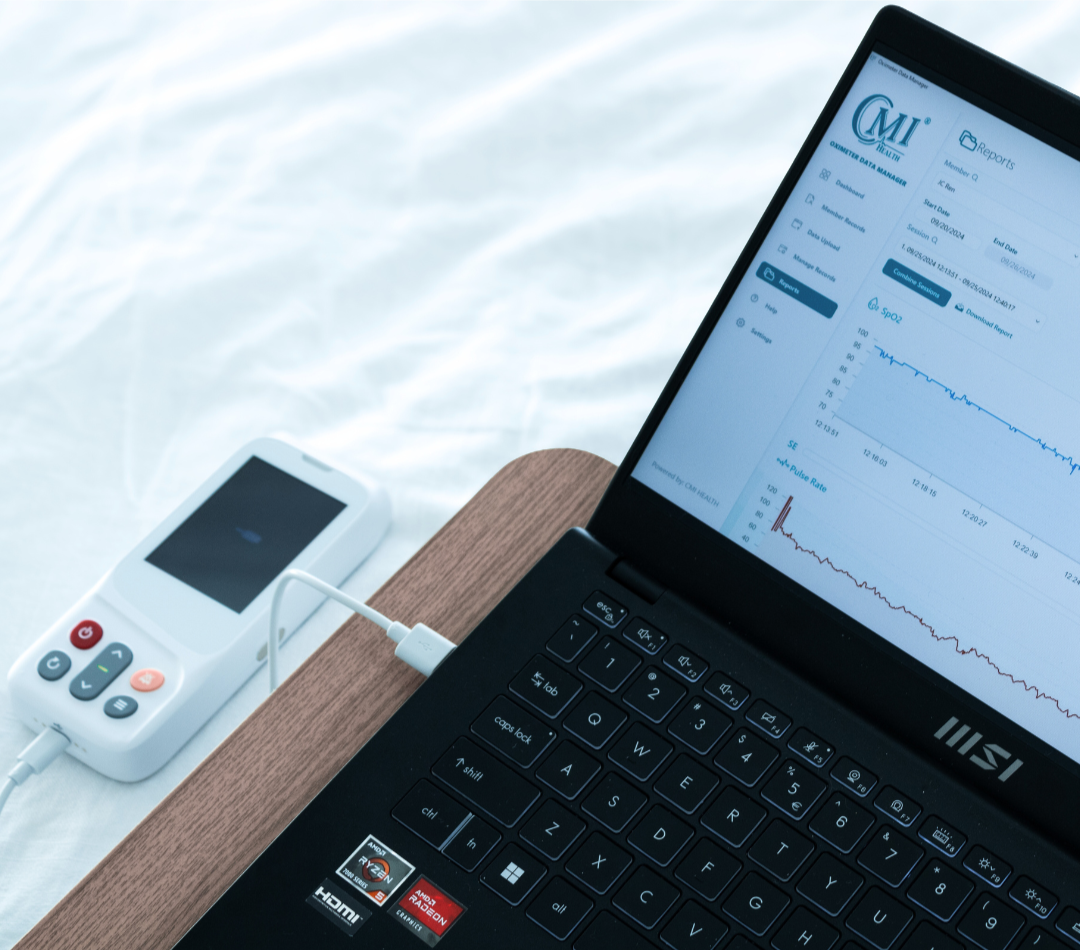
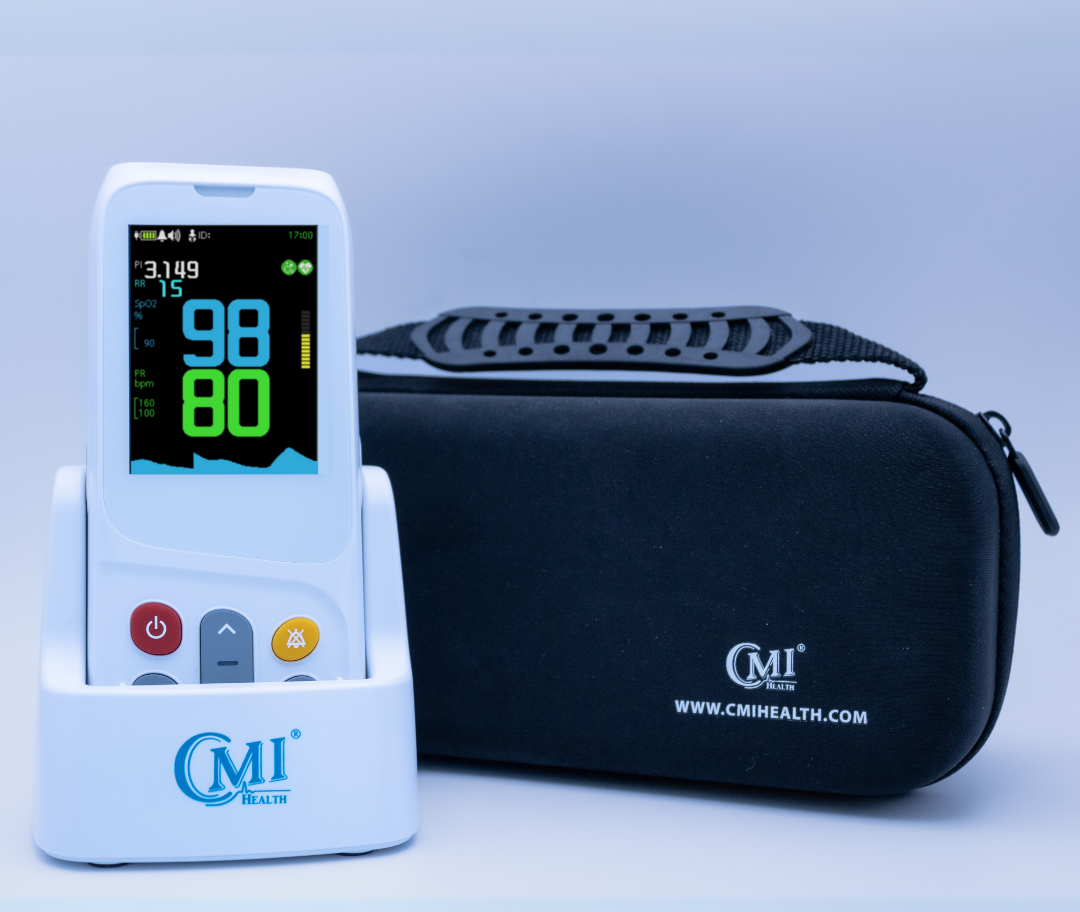
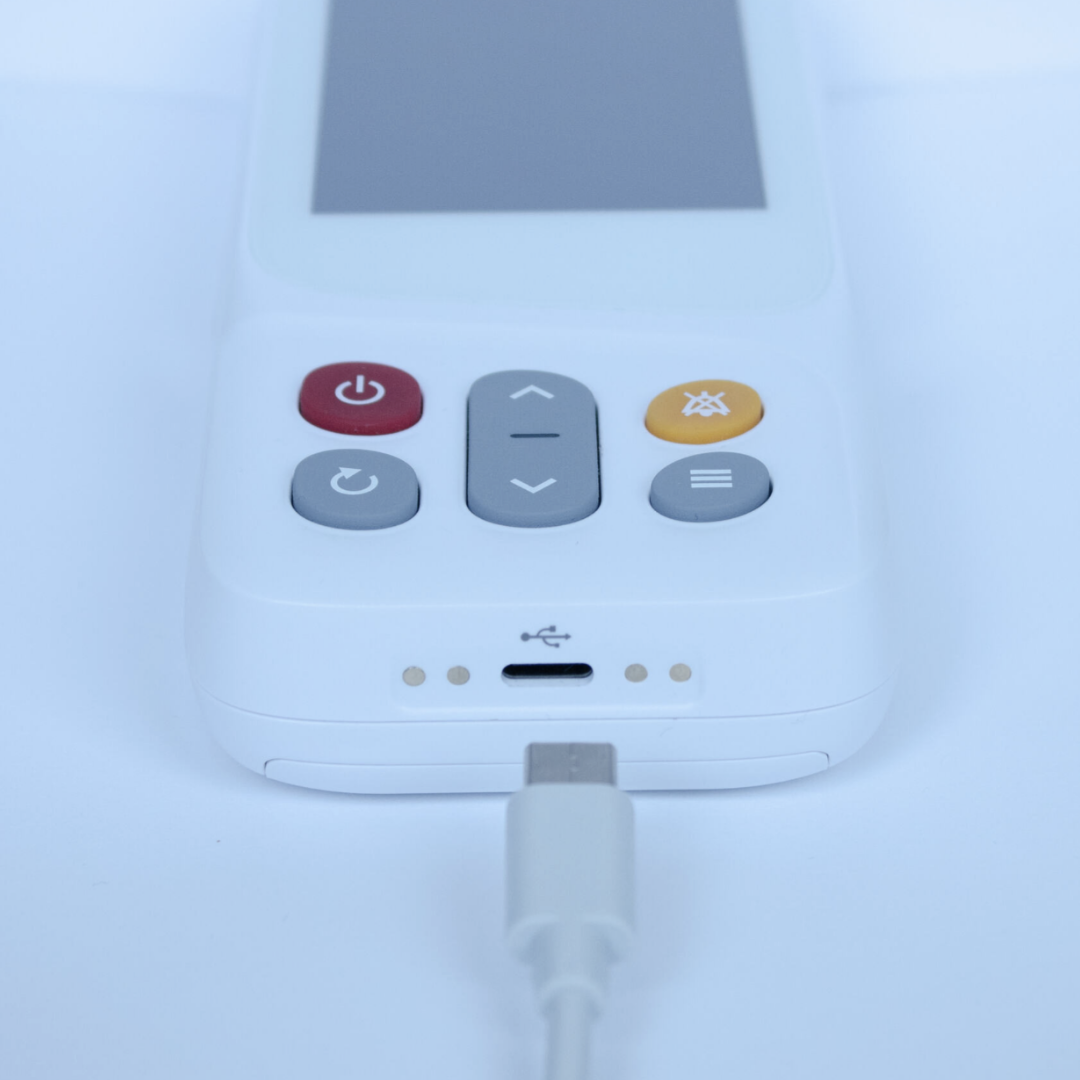
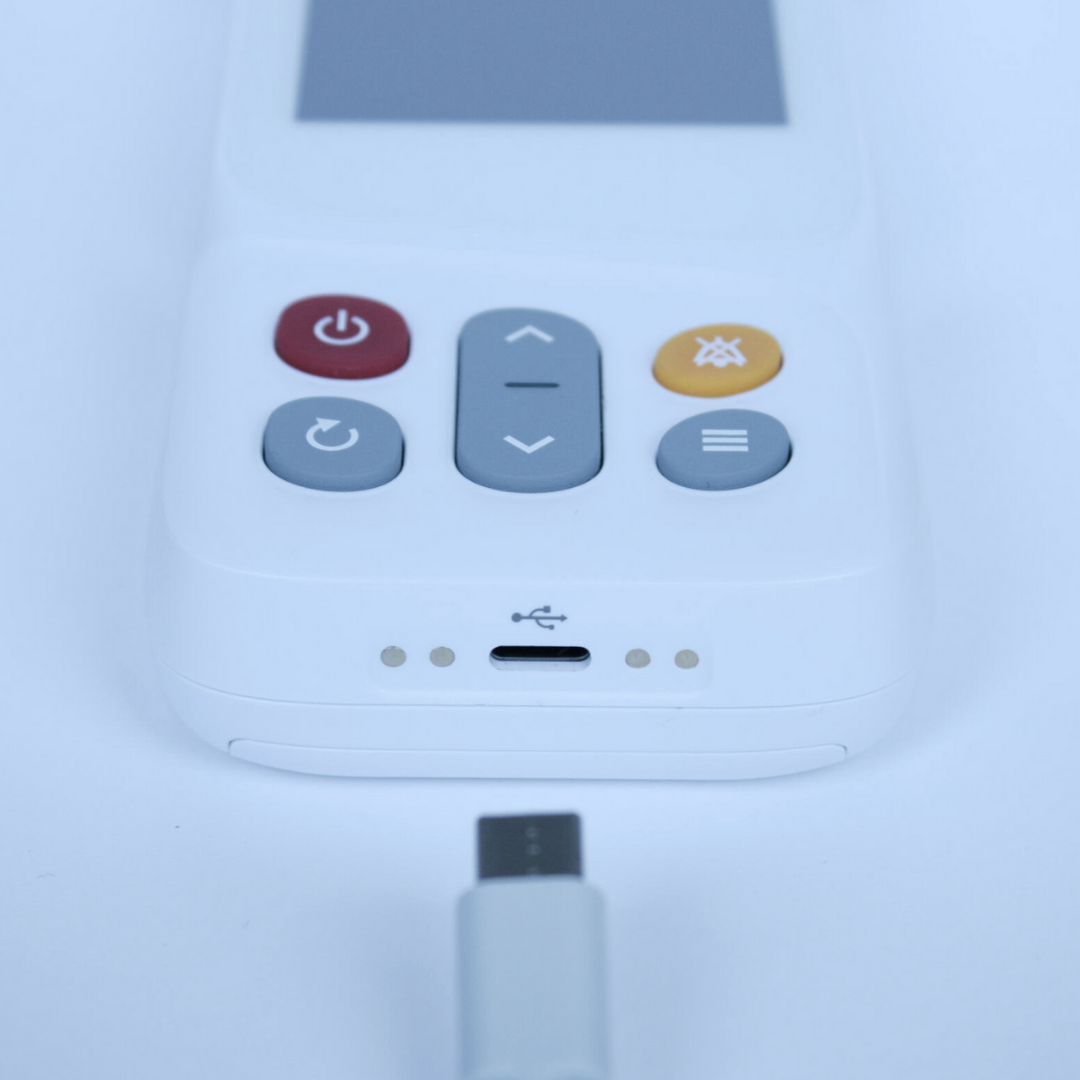
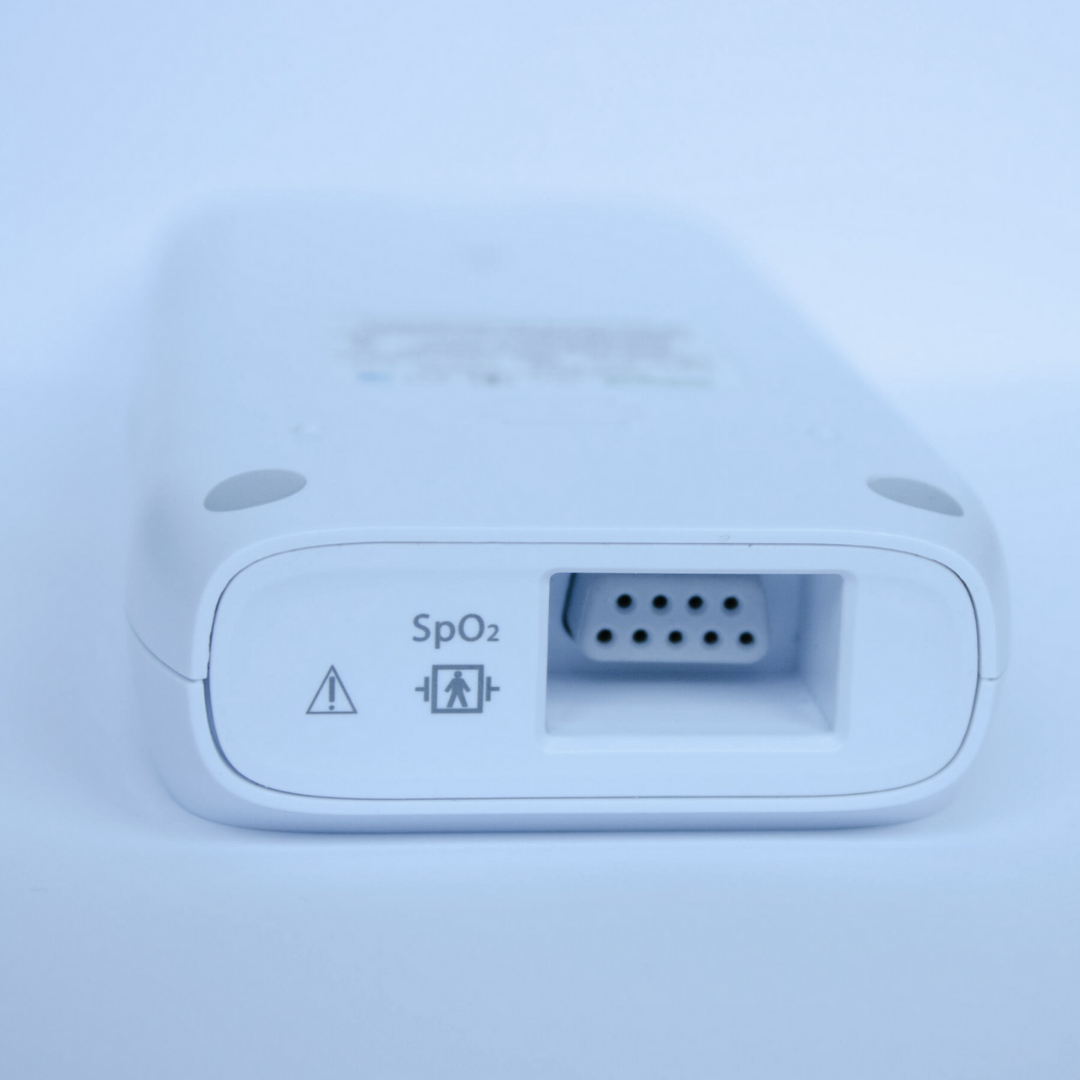
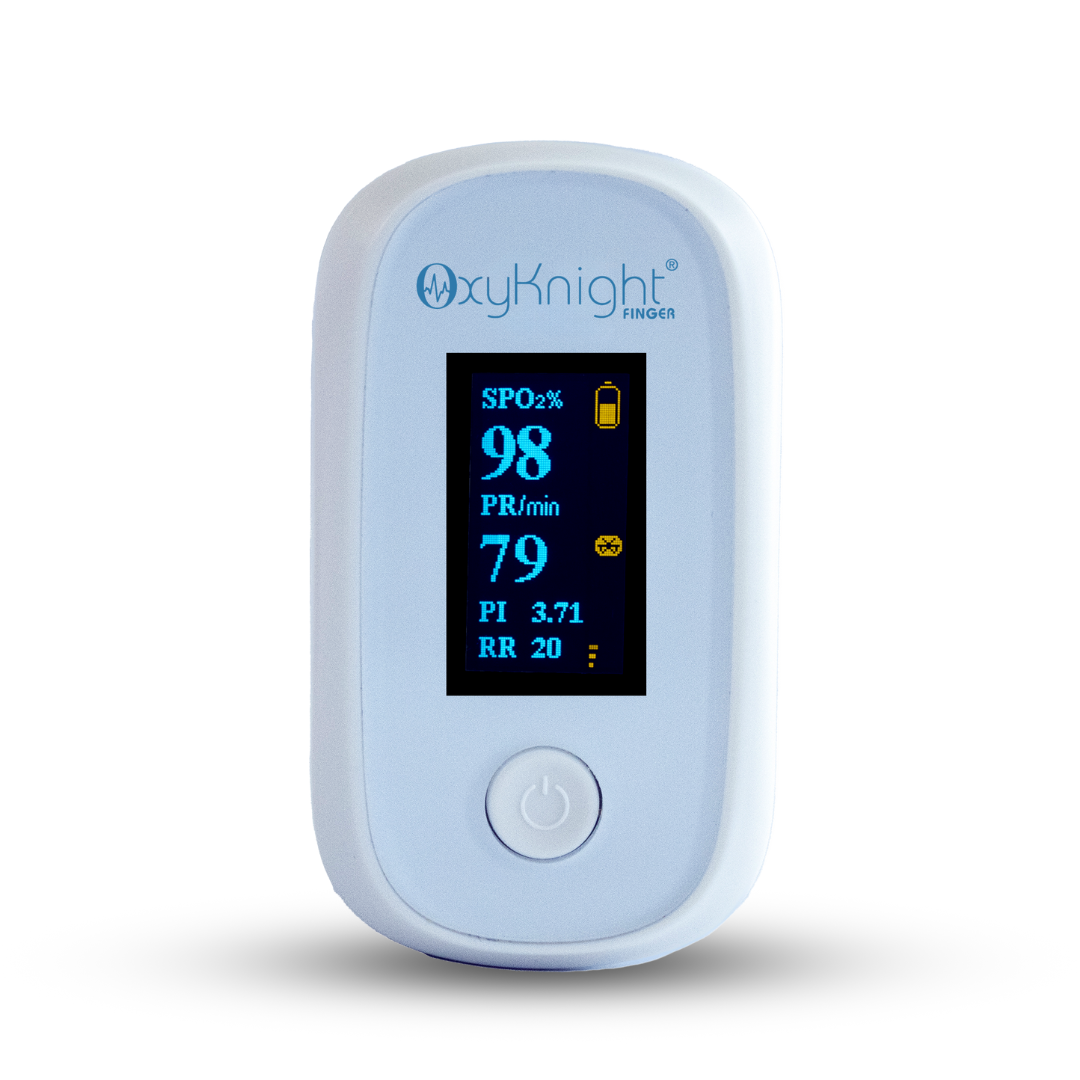












Leave a comment